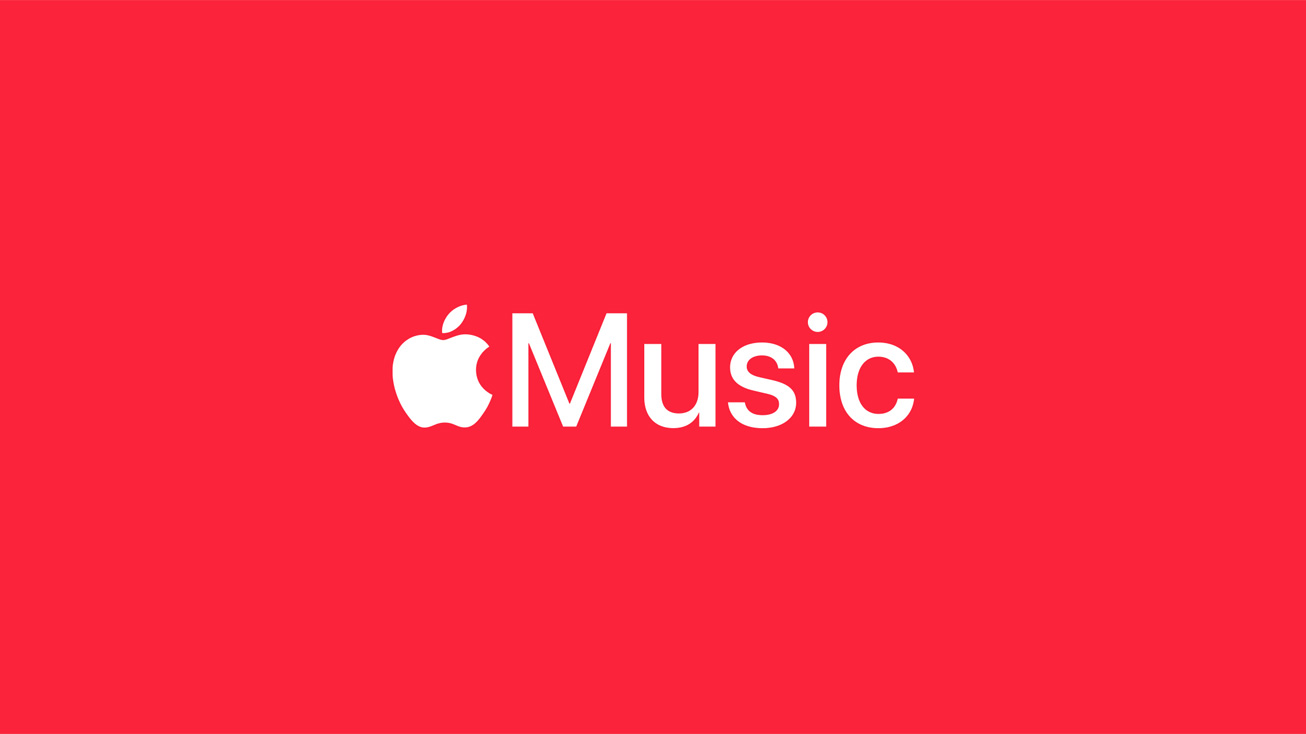Tom's Guide Verdict
Apple Music is the best choice for listeners who want the best sound quality possible and remains great value.
Pros
- +
100 million songs in CD and hi-res sound quality
- +
Spatial audio
- +
Curated content
- +
Dedicated classical app with 5 million tracks and sophisticated search tool
Cons
- -
No free tier
- -
Limited support outside of Apple
Why you can trust Tom's Guide
Library size: >100 million tracks
Audio quality: Apple Music Lossless (from 16-bit/44.1kHz to 24-bit/48kHz) and Hi-Res Lossless (up to 24-bit/192kHz)
Audio file format: ALAC
Platform support: iOS and desktop
Exclusive features: Works with Siri on the HomePod/HomePod mini; Apple Music 1 Radio; Cloud music locker; spatial audio
Apple Music is a subscription service that's currently rivaling Spotify in the competitive world of the best music streaming services. It has over 100 million songs in its library, plus there's and Podcasts service as well as a dedicated classical music library with the ability to search by composer, work, conductor, or even catalog number, to find specific recordings instantly. This level of content is far greater than Spotify's library (or any other streaming service for that matter).
Really, though, it is lossless and spatial audio that makes Apple Music so attractive. Not only does this make it the better choice for listeners who want access to the best audio quality available, but given it's no more expensive than a Spotify Premium subscription, it is also better value for those willing to pay.
Read on to find out more on why Apple Music is one of the best music streaming services right now.
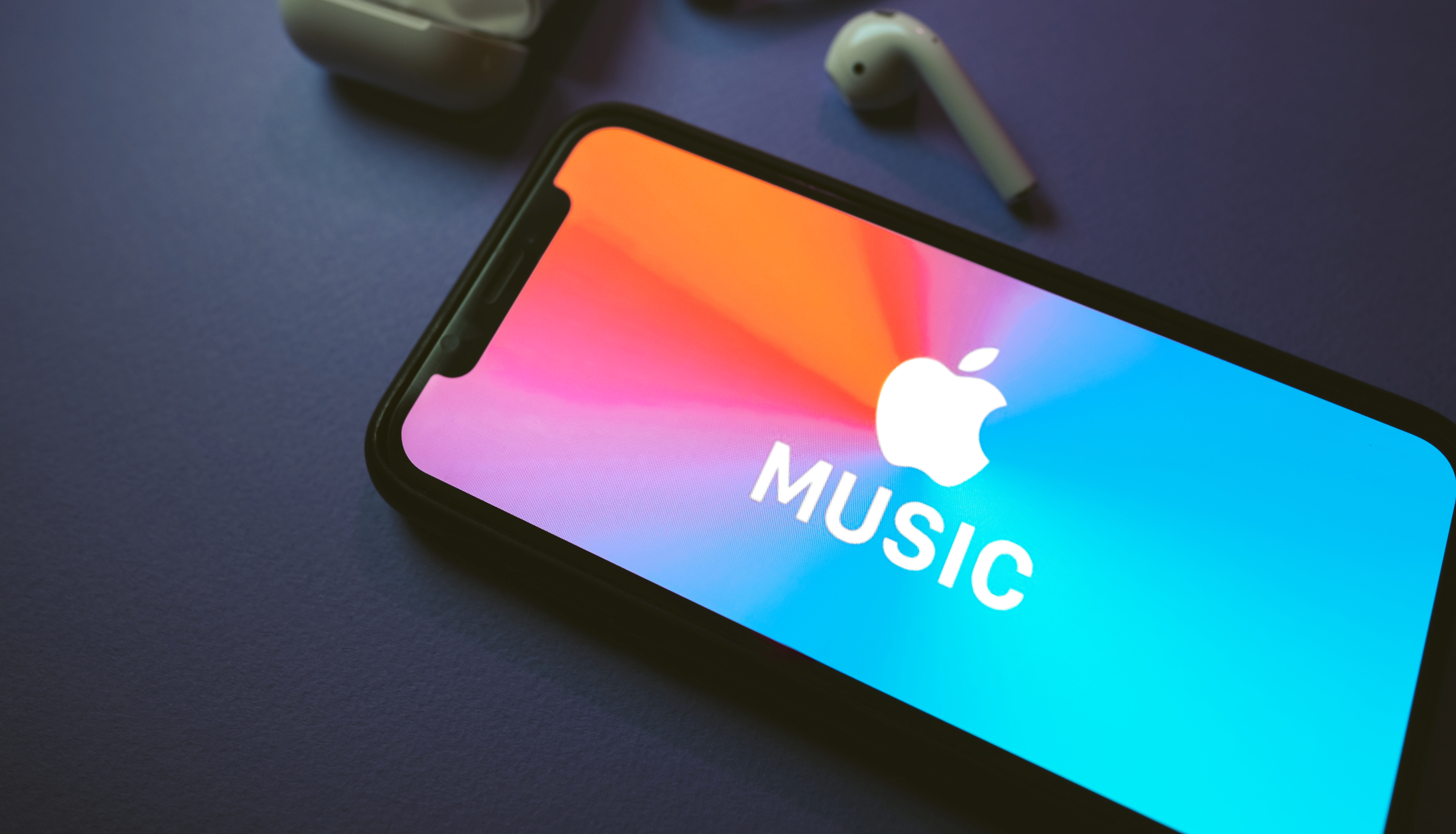
Apple Music review: Price
Apple Music subscription plans
| Plan | Price |
|---|---|
| Individual price (p/m) | $10.99 / £10.99 / AU$12.99 |
| Student price (p/m) | $5.99 / £5.99 / AU$5.99 |
| Family price (p/m) | $16.99 / £16.99 / AU$25.95 (up to 6 accounts) |
| Annual price | $109.99 / £109.99 |
If you're a new subscriber to Apple Music, you automatically get a one-month trial at no charge, or up to 6 months free when you purchase eligible AirPods, HomePod or Beats devices.
As with all streaming services, Apple Music offers tailored subscription plans to its service, which are available through the music platform's homepage. Unlike Spotify and Tidal, Apple Music doesn't offer a free tier.
Apple discontinued its most affordable Voice Plan subscription tier in November 2023, and ongoing subscriptions will most likely be canceled before renewal.
Apple Music's most affordable plan is its Student plan ($5.99 / £5.99 / AU$5.99 monthly), while its Individual plan costs $10.99 / £10.99 / AU$12.99. A Family Plan costs $16.99 / £16.99 / AU$25.95 on up to 6 accounts. The Apple One Individual plan combines Apple Music, Apple Arcade, iCloud+, and Apple TV+ for $19.95 / £18.95 / AU$24.95 per month. Family and Premier plan options are also available in each territory.
There is a $109.99 / £109.99 annual plan for committed subscribers, but signing up to it can be a bit of an arcane process — you first need to sign up to a monthly plan, then switch to annual billing in the app or through your Apple device's account settings. You can find full instructions for this on the Apple support site.
Apple Music review: Availability
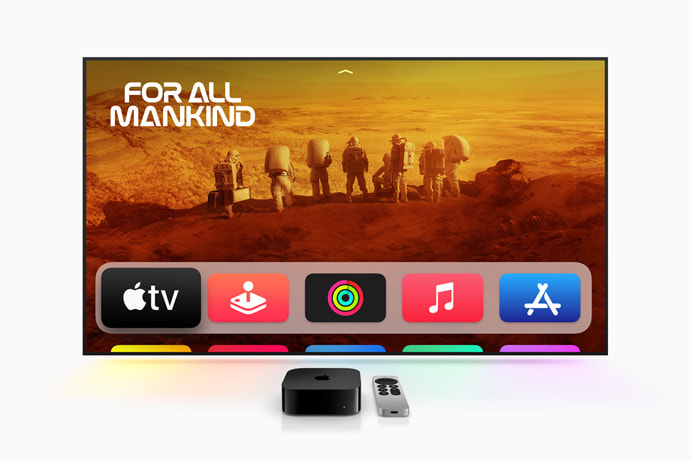
Thanks to its seamless integration with Apple iOS (via an iPhone or iPad), or OSX platform users (via MacBook or Mac desktops), Apple Music is the go-to music streaming service for Apple fans. It has worked on widening its availability in recent years and no longer requires users to install iTunes. As with the app, you can now listen in a browser, access playlists and play “Made for you” content.
Apple Music can be used through impressive breadth of supportive devices, from the Apple HomePod and HomePod mini to the Apple TV 4K and Apple Watch, and has an automotive solution called Apple CarPlay.
Support for third-party components now includes Sonos, Xbox (Series X, S and One), PS5, and Roku , and extends to Android mobile users. If you're a Windows user though, you will need to download iTunes to get access to its extensive library of content.
Apple Music review: Features
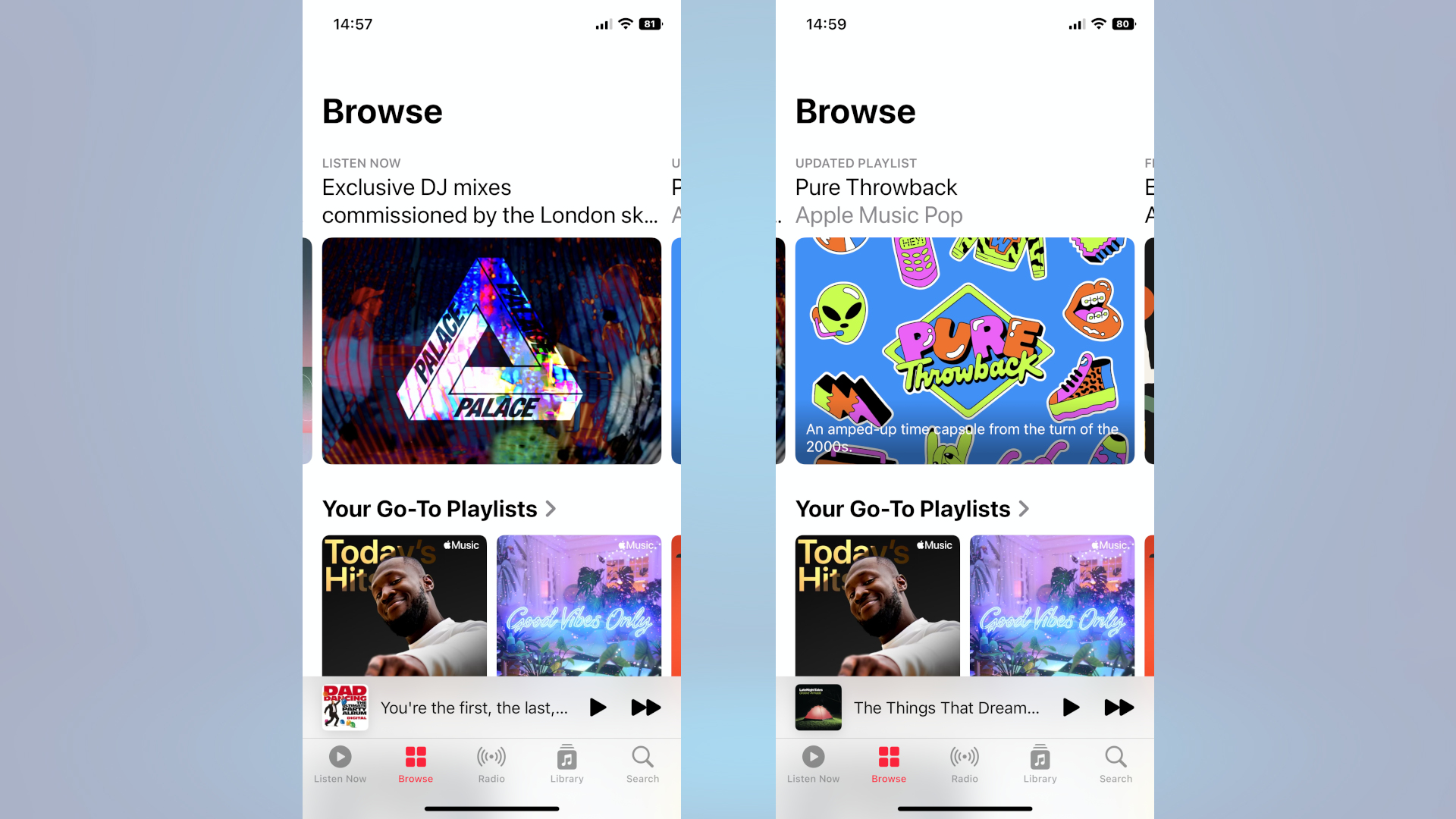
Apple Music content can be streamed or downloaded to a device to play offline, and there are also song and genre-based radio stations and curated playlists. Plus, Apple Music integrates with your existing iCloud music library, so you can combine Apple Music songs with tracks that you've previously purchased on iTunes and listen to them in one unified location.
When it comes to user-curated playlists, Apple offers personalized playlists and radio stations based around your listening habits or a theme. It will also recommend songs and artists you haven’t listened to yet based on your previous listening. I particularly like the Made For You content and the selections that are made for my own 'radio' station.
Apple Music lets you share playlists with other registered users over AirDrop, or create content links to post wherever you want, but its social media integration is more basic than Spotify. SharePlay offers a big extension to Apple FaceTime's feature set, and allows a shared queue of upcoming songs that's accessible to everyone on the FaceTime call. And just as anyone can control playback, anyone can add songs to queue as well.
The headline feature, though, is Apple Music's streaming quality. Last year it upgraded all its music content to lossless ALAC files in resolutions ranging from 16-bit/44.1kHz (CD-quality) to 24-bit/192kHz (hi-res audio quality) for no extra charge. Thousands of tracks are also now mastered for Dolby Atmos, which is compatible with Apple's 3D surround format spatial audio available on its AirPods Pro 2 and AirPods Max headphones.
As an aside, I particularly like this Music Library Tracker app for iPhone and iPad. The third-party app is developed to integrate with the Apple Music library to track content changes and discover Spatial Audio tracks in a library.
Apple Music Classical
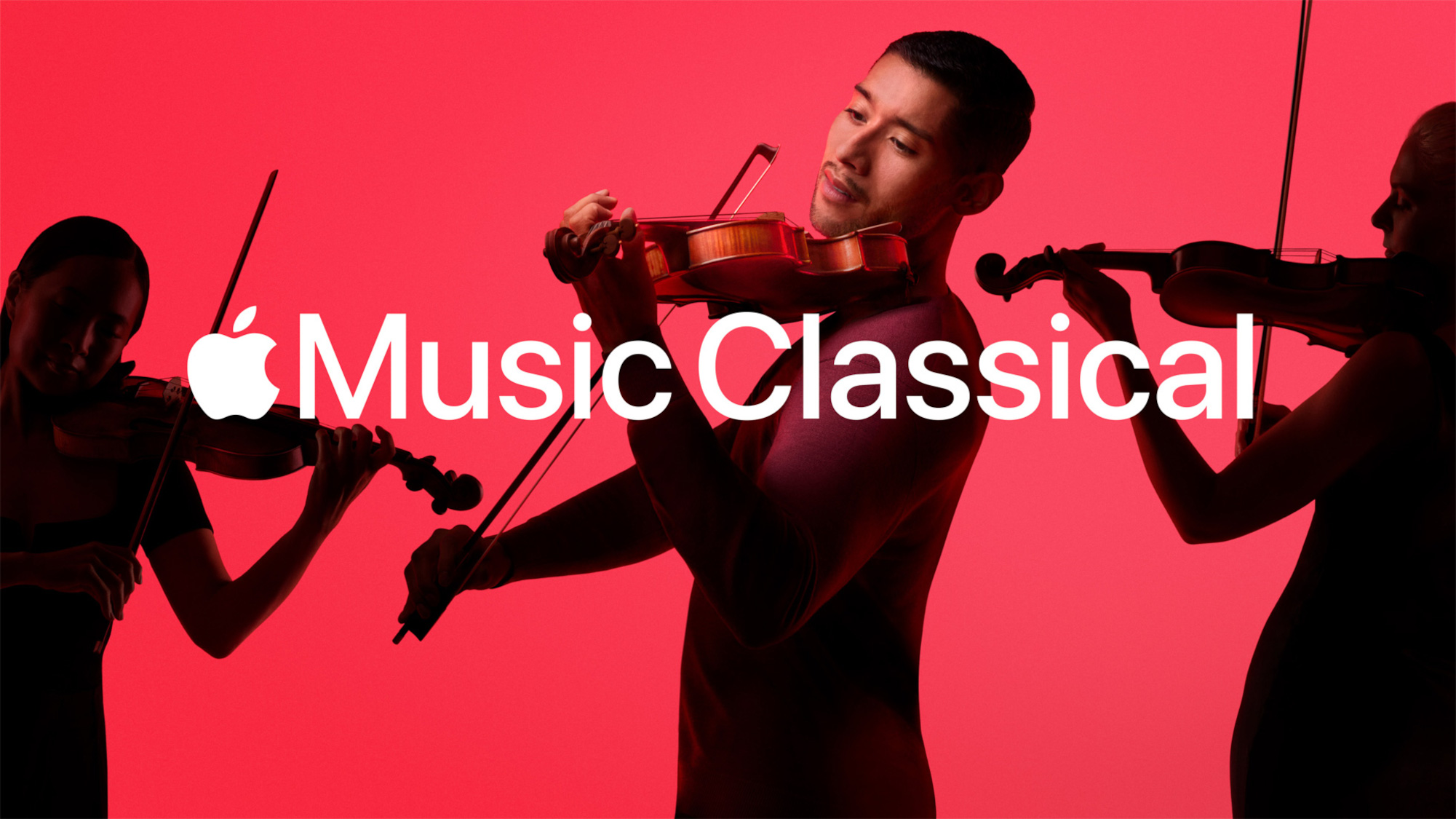
In March 2023, Apple Music came to the rescue of classical music streaming fans everywhere when it launched a dedicated classical music app. Apple Music Classical offers over 5 million classical tracks and complete works from new releases to celebrated masterpieces. It's free to existing Apple Music subscribers via a dedicated app available from the App Store.
As with its main library, classical content will also stream at lossless 16-bit/44.1kHz (CD quality) and up to 24-bit/192kHz (hi-res audio quality) for no extra charge. Thousands of tracks are also available mastered for Dolby Atmos, which is compatible with Apple's 3D surround format spatial audio available on its AirPods Pro 2, and AirPods Max headphones, and HomePod 2 speaker, as well as the Sonos Era 300 smart speaker.
Apple Music review: Sound quality
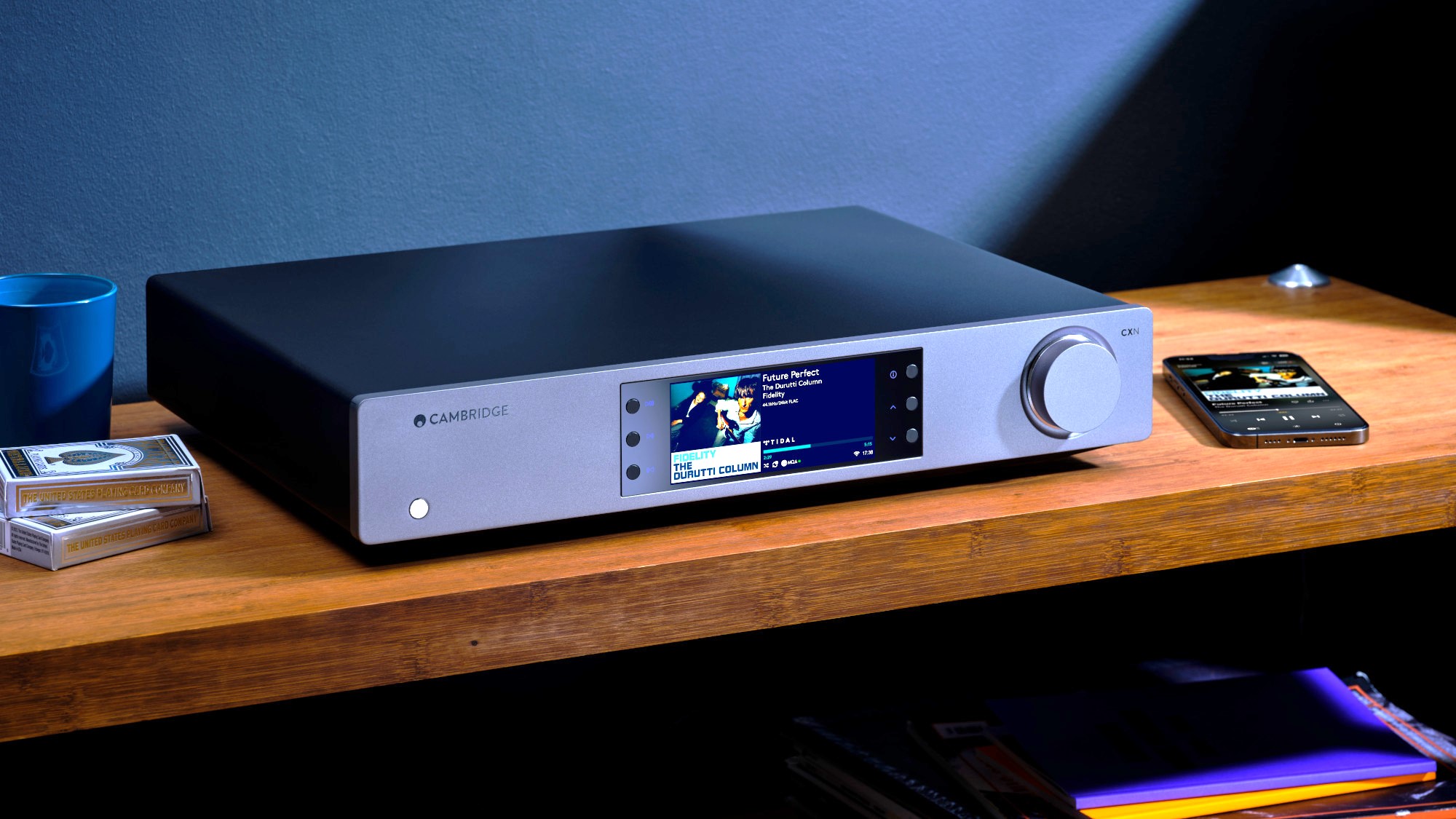
The Apple Music mobile app sounds consistently excellent, with a natural sounding balance across every genre of music. It's my go-to music provider for reviewing headphones on the move, and it sounds pretty great through the various Sonos components dotted around my home.
You may think that all music streaming services sound the same. They don't, of course, but the differences can be remarkably subtle. Generally speaking, any differences come down to the file format being supported by providers and the streaming data rates used. These have a direct effect on the levels of detail that can be heard in tracks, and most listeners should be able to tell a compressed music file from Spotify, say, over a CD-quality one streamed via Apple Music. You don’t need to be an audiophile with golden ears or have spent a fortune on pair of headphones to hear the benefits streaming music in lossless audio can bring. You just have to listen.
Although many will be listening wirelessly via Bluetooth, perhaps with one of the best wireless earbuds or the best wireless headphones, if you're in pursuit of the best quality listening experience it's important to ensure that the audio quality from your playback devices is being streamed at the highest resolution possible to begin with. Spotify streams at around a third of the data rate so you'll appreciate that with Apple Music you're getting the best quality audio before the Bluetooth codec squeezes it over bandwidth limited wireless tech to your earbuds or headphones.
You could perhaps also call it a negative that Apple Music lossless content cannot be experienced in full resolution through wireless headphones or speakers due to the bandwidth limitations of Bluetooth connectivity, including its own AirPods models. Although, this could soon change.
Apple Music review: Verdict
Apple Music has made big strides over the past year to the high quality service it is today. It has advanced its music streaming offering through strong curated content, lossless and hi-res audio support, and spatial audio. It's app is clean and easy to navigate and only the limited support outside of Apple's eco system count against it. Even with the recent price increases, it's the main alternative to Spotify Premium and ultimately the best value option for Apple-loving music fans.
More from Tom's Guide

After 2.5 years as Tom's Guide's audio editor, Lee has joined the passionate audio experts at audiograde.uk where he writes about luxury audio and Hi-Fi. As a former editor of the U.K.'s Hi-Fi Choice magazine, Lee is passionate about all kinds of audio tech and has been providing sound advice to enable consumers to make informed buying decisions since he joined Which? magazine as a product tester in the 1990s. Lee covers all things audio for Tom's Guide, including headphones, wireless speakers and soundbars and loves to connect and share the mindfulness benefits that listening to music in the very best quality can bring.
